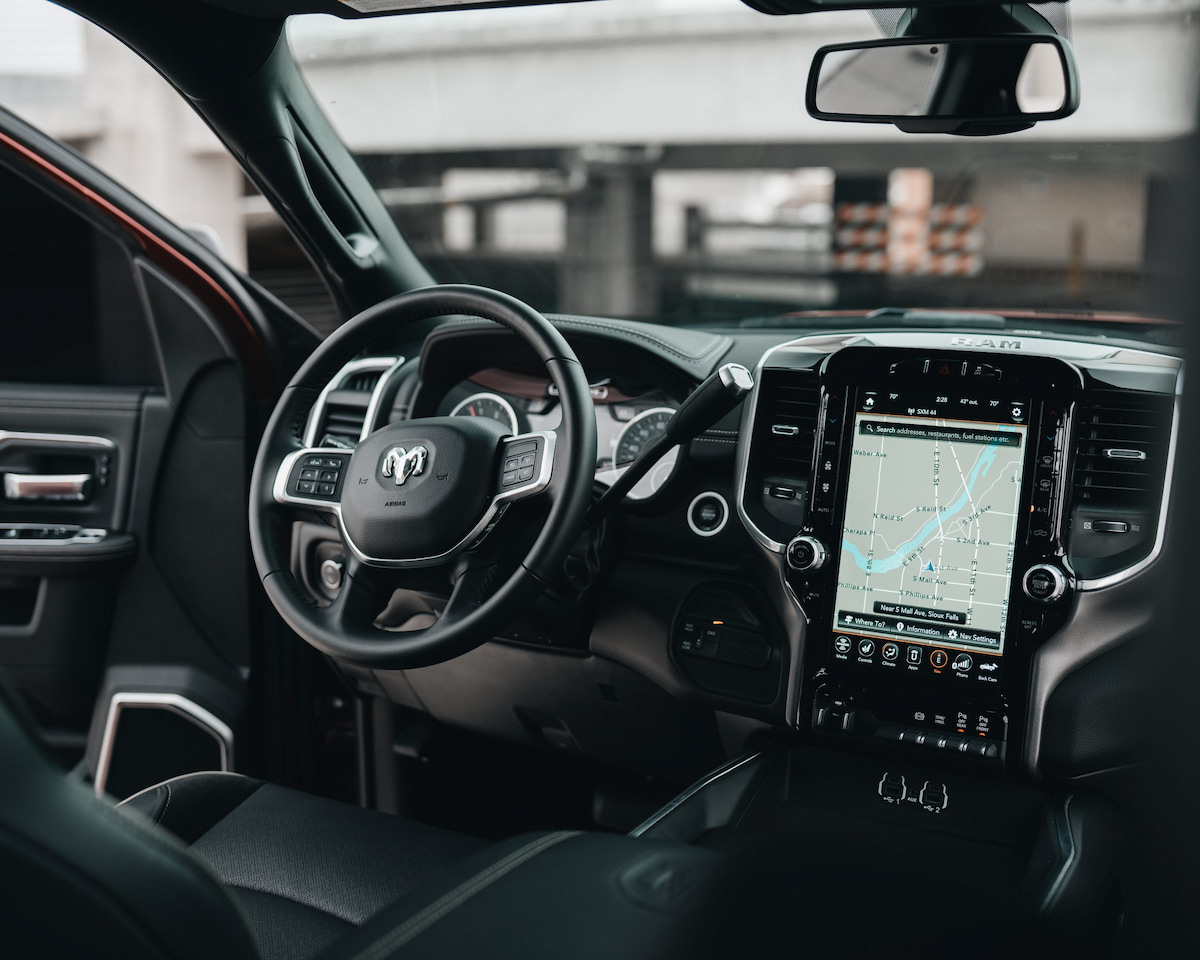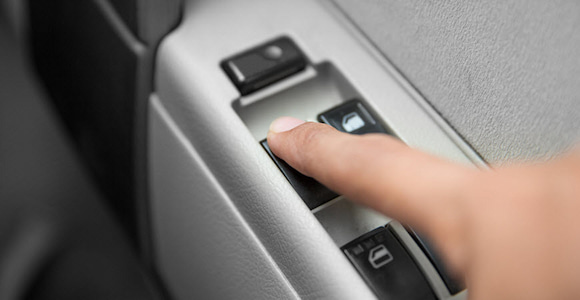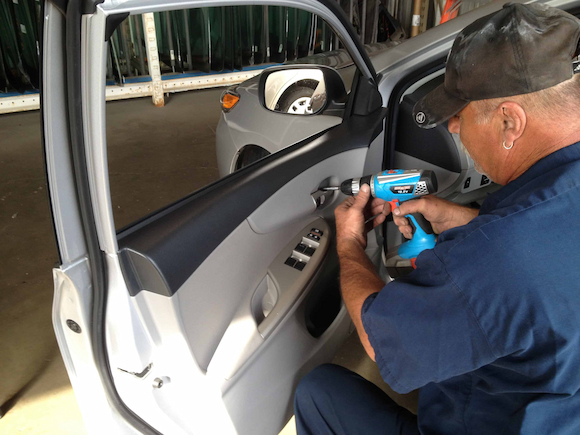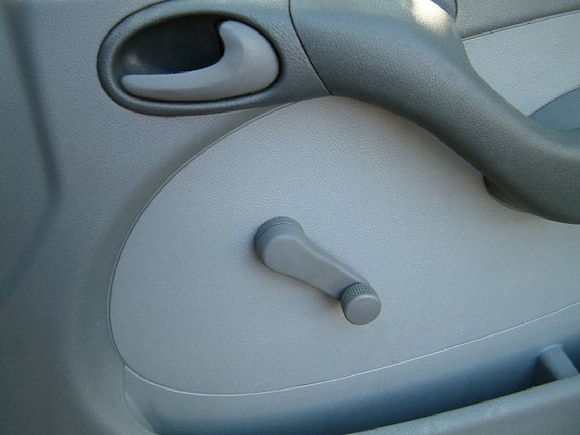In short, the window regulator is the mechanism that regulates how far up or down the glass window on your car is. While everyone knows how to operate one, not everyone knows the principles on which they work. Understanding these smaller differences can be the key for you enjoying your driving experience, which is why you should know as much as you can about it. Window regulator working principles might not be as complex as sound insulation, but they’re still quite important.
Main Differences
Car window regulators have existed for a very long time. They’ve been around for over a hundred years, ever since cars were operated by hand cranks, and their design hasn’t really changed much throughout the years. With that said, for most of those hundred years, the regulators have been operated strictly manually with a crank. However, powered regulators have started being in use in the last few decades and have taken up being the dominant form. While both types have their own advantages, it’s worth noting that the humble auto window regulator is very reliable in either case.
Scissor Type
The scissor type car window regulator is a classic design that’s typically found on older vehicles. It’s entirely built is pretty much metal, and it consists of the main arm that’s connected to the window tray on one end and a large plate with gear teeth on the other. If this regulator type is powered, then an electric motor turns a worm gear that meshes with the teeth in order for the arms to move. If it’s unpowered, then a hand crank performs the same function. It’s possible for the scissor-type to fail if the wheels at the end of the arms wear and even break off, which causes the glass to tilt at an angle inside the door itself. When that happens, the entire mechanism can make noises and the glass can rattle in a very annoying and gritty manner.
Cable Type
This type of car door window regulator has become quite popular in recent decades. That’s because it’s much more compact in size than its scissor counterparts and provides more room inside for safety beams and airbags. They’re also quite light, which also contributes to the vehicle’s fuel economy, and because of their inherent design, they’re quite more affordable to assemble in the manufacturing process. The cable-type always features at least one metal track, and it’s mounted vertically inside the door panel. It serves as a guide piece for the window when it slides up and down along the tray.
If a window regulator has one centre track, it will usually have two smaller guide rails along the edges of the window in order to prevent it from wobbling when you’re driving. In this type of regulator, either an electric motor or a hand crank moves the wire cables that travel across several pulley wheels before connecting to a window tray or clams. Depending on which side the cables are pulled, the window either opens or closes. Because of the inherent design, the cables are responsible for holding the full weight of the glass at all times, so if something happens to this system, the window falls inside and gets stuck.
Manual Regulators
You can easily set up either the scissor or system type of regulator to work with a hand crack by placing a handle through the door panel, which will be responsible for moving the window up or downs. Because there won’t be an electric motor installed, people are used as a power source when they’re cranking the window opened or closed. When the handle is turned, the plate that supports the glass lowers or raises the window in the position of your liking. Rotating the crank to lower or raise the window glass has become such a popular part of our everyday culture that we’re still saying roll down your window in the age of motorised window regulators. They’ve been used for the better part of the century and their position as a reliable way of rolling your window has been cemented in popular culture.
Powered Regulators
An auto power window regulator uses a small electric motor that transfers its motion via a worm gear and multiple spur gears. This causes a significant gear reduction, which allows the motor to generate enough power to move the heavy window assembly. As part of this design, the worm gears provide a self-locking function because of gear ratios and angles of contact, which is why it’s not possible to pry open a window with a powered regulator. These types of regulators are comprised of components that are created to fit tightly. That’s why it’s possible for windows with powered regulators to roll slower if the glass isn’t cleaned of tree sap, dirt, and other pollutants.
If the window is continually left unclean, the drag when rolling the window will only increase and cause warping and misalignment of the regulator tracks, which only adds extra stress to the motor causing it to burn out prematurely. Also, if the cables and pulley wheels become chafed and shredded due to improper angles, they can contribute to window regulator failure. In some cases, when the motor needs to be replaced, it can be detached separately from the window regulator assembly. In cases like that, the labour cost for repairs is much lower since you won’t have to open and access the entire assembly through the door.



